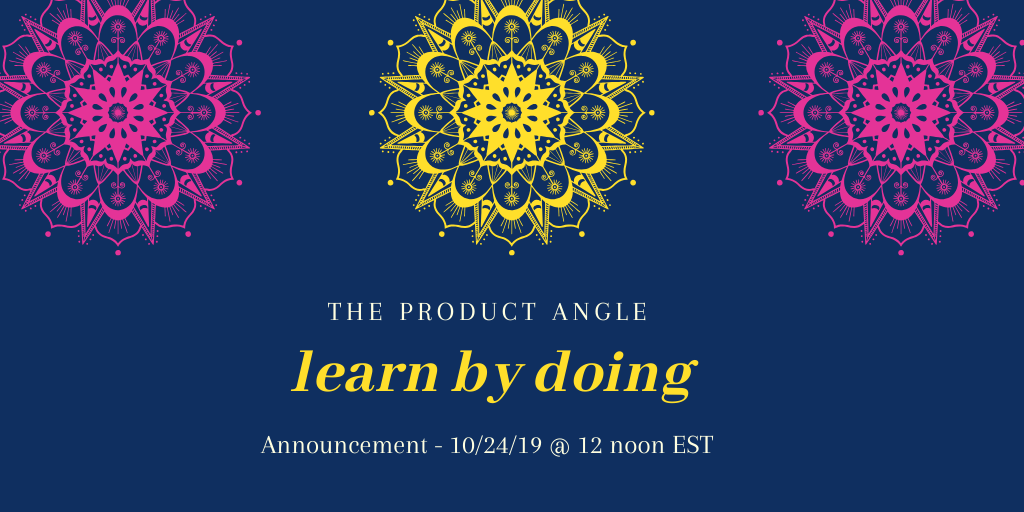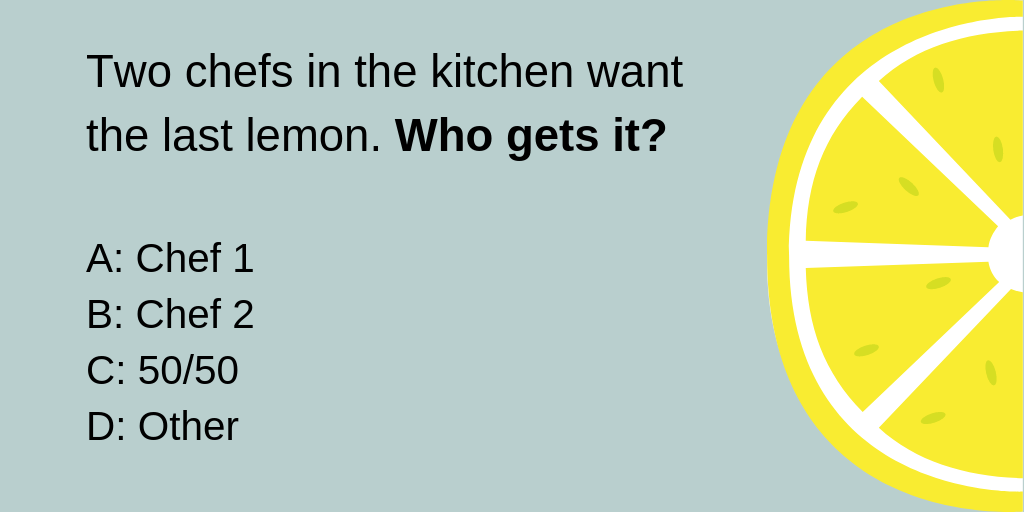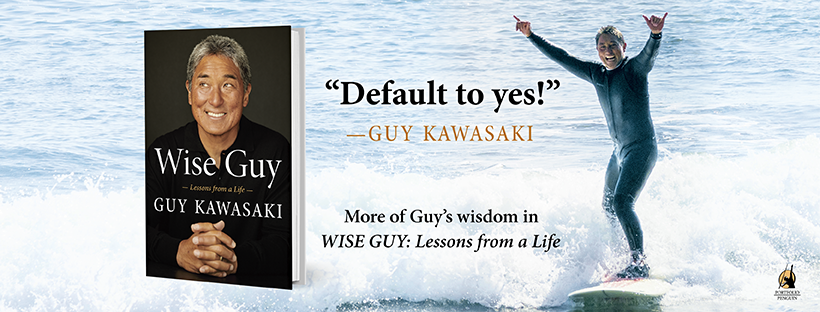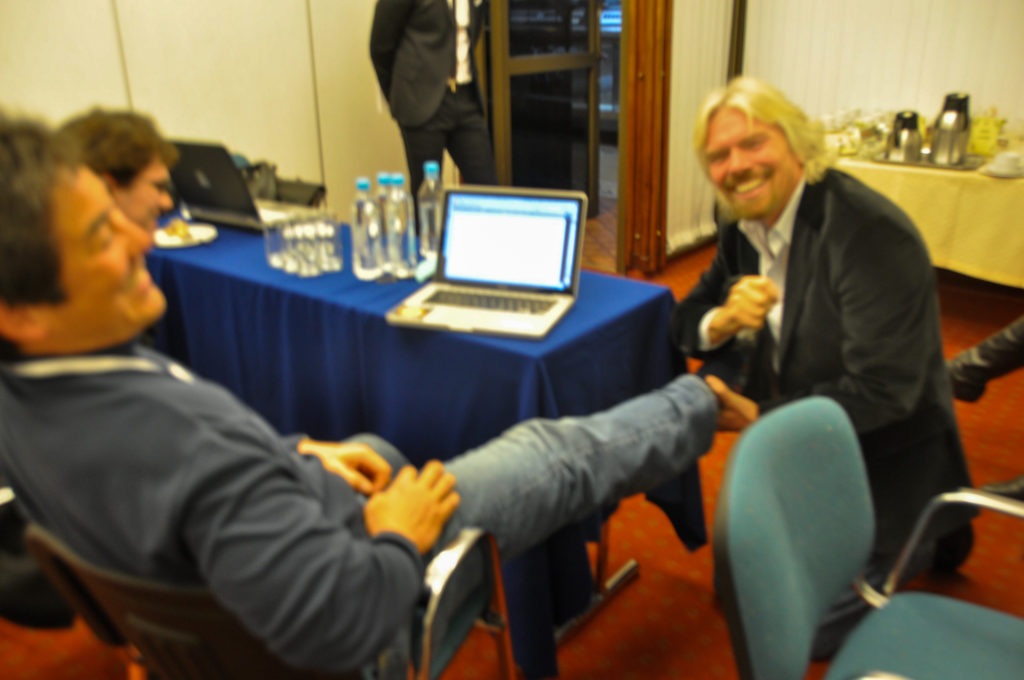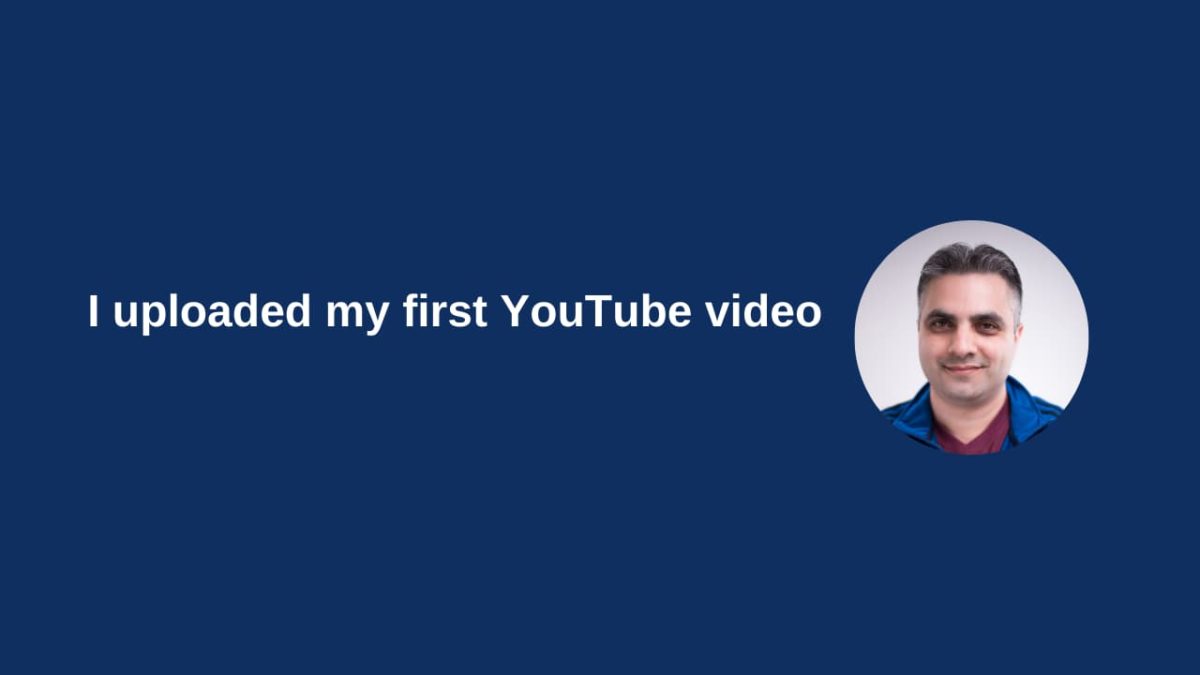But wait, I don’t sell anything. Well, love it or hate it; you need to be ready to sell. The purest form of selling that everyone experiences at some point in life is selling your skills to get a job. The best salesperson receives the job. However, we are not here to get a new job.
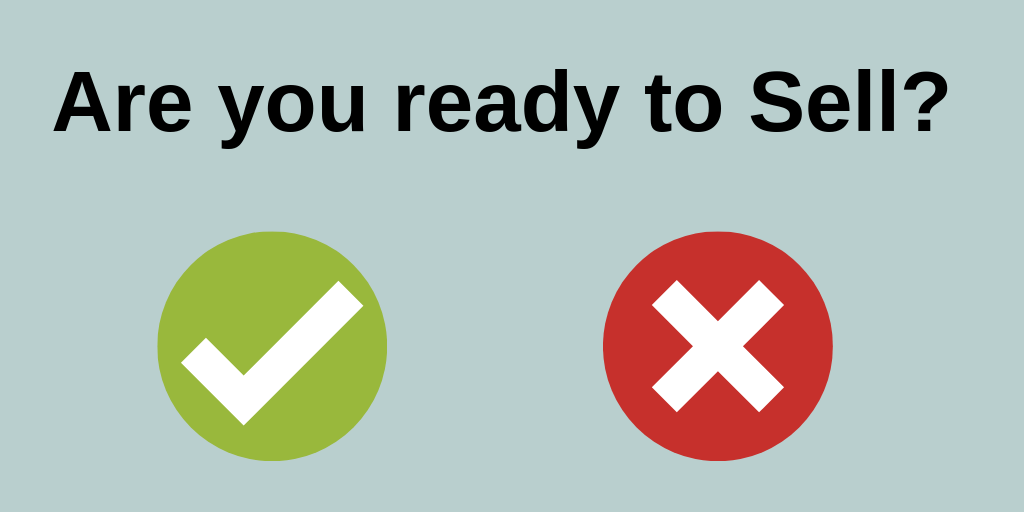
In this article, I talk about five things you should think about as you get ready to sell. First of all, how you get prepared to sell depends on:
- What you are selling
- If you are selling B2C or B2B (both can be a very different experience and approach especially when selling to an enterprise which can easily take 6-8 months if not longer)
Also, let’s get this out the way:
- User is the person who uses your product.
- Buyer is the person who makes the purchase
- There are times when the user is the buyer (for example in B2C)
- There are times when the user is not the buyer (for example in B2B)
Why sales is important?
According to CB Insights the top 2 reasons why startups fail (out of the 20 reasons provided) are related to sales:
- 42% of startups fail because there is no market need
- 29% of startups fail because they run out of cash
Founders and Startups are always looking for their product-market fit and monetization, which IMO comes down to how good you are at selling and understanding the target users’ challenges and needs (and the buyer process).
Running a business comes down to simple math. If you spend more than you make you likely won’t stay in business for long (unless you raise millions of dollars, sell part of your company and then filing for an IPO will help extend your runway and stay in business longer 😉)
Strategies such as Inbound marketing does not replace the sales function. Having potential buyers approach you is a fantastic feeling, but inbound marketing is effectively a form of selling (or supporting the sales function) to increase sales.
Sure, you can use SEO and get your blog pages ranked higher in Google searches in hopes of buyers lining up to buy from you. It can happen, however, if that does it is the exception than the norm. Many founders and startups, unfortunately, realize this when it’s too late.
There are several different tools and techniques available to us to Connect and Communicate with our buyers. We do this with the end goal of Closing a deal that leads to an exchange of money for a product or service.
Don’t be a sales jerk
Regardless of your job title, which may include sales or a variation of it, or if you are a founder, sales can be fun and intellectually stimulating if done right.
I am talking about the salespeople that send constant email diarrhea that completely wastes your time, and the emails have no unsubscribe link at the bottom. Please don’t do this. Ps. if you receive unwanted email diarrhea, click and use this privacy-focused company to Unsubscribe.
Are you ready to sell?
Five things you should think about as you get ready to sell.
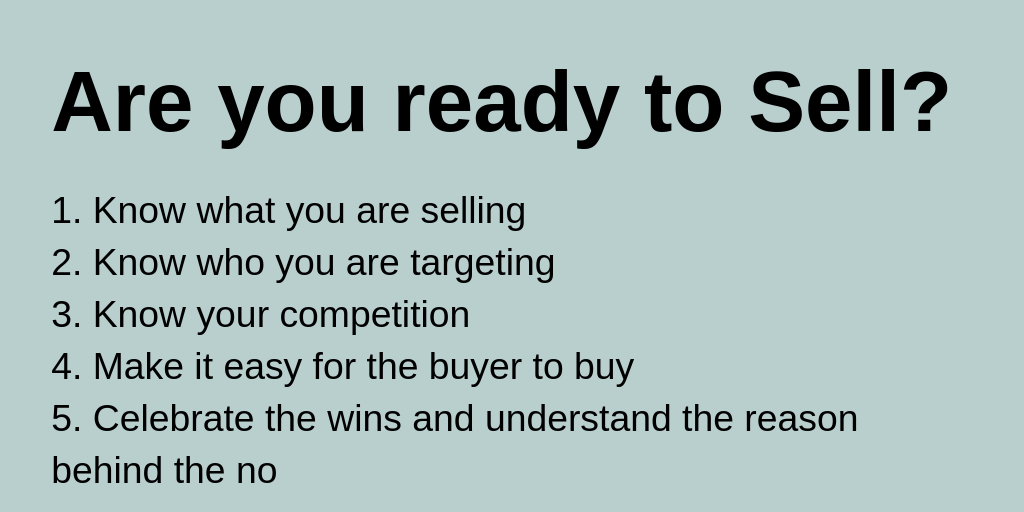
1. Know what you are selling
This may seem obvious, but you’d be surprised, and no, I am not talking about being able to repeat the spec sheet. Know your product or service deeply, know it inside out. By this, I don’t mean you have to know everything technical – that’s where you bring in additional help. But you should be able to discuss it comfortably.
You may have heard be ready with your 30-second elevator pitch (and if you have not, my interpretation is you should be prepared to pitch to anyone as if you were with them in an elevator for no longer than 30-seconds before they get off at their floor).
Be ready to communicate in the channel your buyer is most comfortable with. Selling is multi-channel, therefore find the channel that resonates with your target buyer and be comfortable interacting with them.
A 30-second elevator pitch should get the buyer interested in learning more, a full-day workshop (maybe an overkill in some circumstances) allows for a more tailored experience.
As you get ready to sell practice on friends and family. You don’t want to be practicing live in the field and potentially losing deals. Although once you are in the field, you will learn a lot of things that practicing with friends and family won’t teach you.
Believe in what you are selling. If you honestly do not believe in the product or service you are selling, trust me, it shows. How can you convince someone to buy from you if you can’t sell yourself?
Yes, I know some salespeople can sell exceptionally well without believing in the product. Let’s treat that as the exception.
2. Know who you are targeting
Unfortunately, user research is still a relatively new concept for organizations, and therefore, teams are not very well equipped to conduct user research effectively.
On the bright side, I believe organizations are realizing. User research (and competitive research – discussed in the next section) are two of the foundational areas everyone should be allocating time and resources to research.
To understand your user and buyer use the following tools to help you:
a) User Personas
A user persona is a fictional character that represents your target user.
At a high level, when creating a user persona, think about:
- Who the user is
- What are the user’s main goals and what does success look like to them
- What challenges does the user face that prevents them from achieving their goal
Other things to consider to humanize the persona further:
- Photo and Name
- Personality
- Behavior patterns
- How comfortable they are using technology
- What technology they currently use
- Demographic
- One sentence to describe the persona
b) User Stories
User stories are sentences that represent what the user is trying to do (what success looks like to the user) using the product or feature.
Typically there are three components to user stories:
- A persona
- The bridge that gets the user to
- Their goal
For example; As a remote team leader, I’d like everyone on the team to be using one collaboration tool that allows the team to collaborate in real-time with a single source of truth.
c) Customer Journey Maps
A customer journey map outlines the touchpoints a user (buyer) has with your product from the initial realization the user has a challenge (see below in buyer journey) right up to the point the challenge is solved (user success).
Creating a customer journey map will provide a view of the user. This allows you to tailor your touchpoints in a seamless way across all your channels and will help highlight:
User personas, user stories, and customer journey maps are each a blog post by itself which I plan to write more about in the coming weeks. If you like what you are reading considering subscribing to my newsletter.
Get my email newsletter 💌
3. Know your competitors
This a big one, just like knowing who you are targeting, having an understanding of your competition will help you field questions such as
- What’s the difference between your product and Company X’s product?
- Company X is cheaper, why should we buy from you?
I cannot stress how important IMO it is not to talk trash about your competition but instead focus on why your product is a better fit for the user. Having said that, you must know your competition inside out.
I was writing this section. Then I noticed Marie Prokopets and Hiten Shah had shared an article recently titled “Why you shouldn’t ignore your competitors”? This outlines this topic very well, and I highly suggest you read it.
4. Make it easy to buy
The differences between B2C and B2B sales become more apparent
From a B2C perspective, the sales cycle is usually shorter, and users can generally speaking sign up right on the website. Think about how easy it is to sign up to Netflix or think about Amazon and how easy it is to make a purchase using one click. How many times have we bought something from Amazon because of how easy it is to buy? (as opposed to creating a new account and adding in all your details, plus the free two-day shipping can help if you are a prime member).
From a B2B perspective, there are solutions where users can sign up from a website and add your team members such as Intercom. This is where we see a transformation into a B2BC space.
However, from a traditional B2B perspective, especially those that float RFX’s, the buying process is more complex and generally can take months to close.
In the buyer journey, generally speaking, there are three stages where the buyer:
- Realizes that they have a challenge
- Researches different options and determines each solution in relation to the challenge
- Makes a decision to move forward with a solution
Most people don’t want to be sold things
Most people don’t want to be sold things or be added to a mailing list or be in a funnel. The buyer is looking for information to help them make an informed decision on which product is the “best” fit to solve their challenge. When the user is ready to buy, make it as easy as possible to buy.
Depending on what your goal or desired outcome is, how easy you make it for a buyer to buy can be relative. For example;
Generally speaking, I would say no because I have not yet decided if that product is right for me, however, and I do not want to part with my credit card details.
However, some startups prefer to request a credit card as a way of reducing users who are not serious and may be interested as a result of some initial launch hype, for example. Some startups claim they ask for a credit card because they do not want a lapse in service for their users as they transition from the free trial into a paid user.
5. Celebrate the wins and Understand the reason behind the no
Every win is a success, right?. Not exactly. Here’s what I mean.
Scenario 1:
An inbound lead signs up for a free 30 day trial of your product. Depending on how you view this, you have moved a lead through to the next stage of your funnel. However, the user decides against becoming a paying member.
Let’s say during the free 30-day trial, the user contacts you, support, and the product team with questions. You need to calculate the cost of servicing this user against the number of dollars it brings in (at this time, its $0).
On the flip side, understanding the reason why the user decided against becoming a paying member is valuable information that can be used to fine-tune the offering and how it is positioned.
There are so many questions that can be answered by simply asking the user why they chose not to become a paying member.
It makes me 😀 when I try a product during their trial period and don’t subscribe, and I receive an email from someone from the product team asking me why I didn’t subscribe.
Scenario 2:
The same user opts for a month to month subscription. Now hard dollars are being brought into the company; it may be time for a celebration?
From a growth perspective, it sounds like a win; however, the risk of churn is higher on monthly subscribers.
Case in point: Let’s say the user decides not to continue the subscription after three months and decides to delete the account.
During the three months, the user was a paying customer. It is likely the user moved to a tier that provides access to additional support tiers. How much time and resources (equating to money) is spent on supporting the user?
Scenario 3:
You are an account manager for a services company and responding to an RFP (or an extension). The opportunity is for back-office resources.
The total contract value is $100 M, over five years. If you can close this opportunity, you are going to be the sales superstar far exceeding your sales quota.
Sounds good, right?
What if you know from the “true” financial model that it will cost the company $115 M to deliver on the services.
Maybe the company knows this and is willing to lose $15 M and are eager to go ahead with the opportunity anyway.
While the headline will read, “Company X wins huge $100 M deal,” you will know the deal is losing the company money.
Celebrating a win is essential for the team who worked on it. However, at the same time, any customer that is costing the company effectively means the company is paying the customer to use the product (or services). Which can happen if a company wants to sign a big brand or doesn’t want to lose out to a competitor among other reasons.
Getting to the point
The point I am trying to make is we are caught up in a world of growth, and as a result, it is easy to forget:
- Retention is just as necessary (if not slightly more IMO than growth)
- There are valid reasons to enter into an opportunity that loses money, such as acquiring a large brand as a customer. However, not keeping an eye on the financials is a recipe for disaster.
In Closing
Selling is a combination of art and science. It can be fun and very rewarding if done right. Stick to the basics and understand:
- What you are selling
- Who you are targeting
- Your competition
- Make it easy for the buyer to buy, and,
- Celebrate the wins and understand the reason behind the no
Finally, something to think about:
Do you agree or disagree let me know on Twitter?
Read something else
Get insights on product, growth, and people skills delivered to your inbox here.

